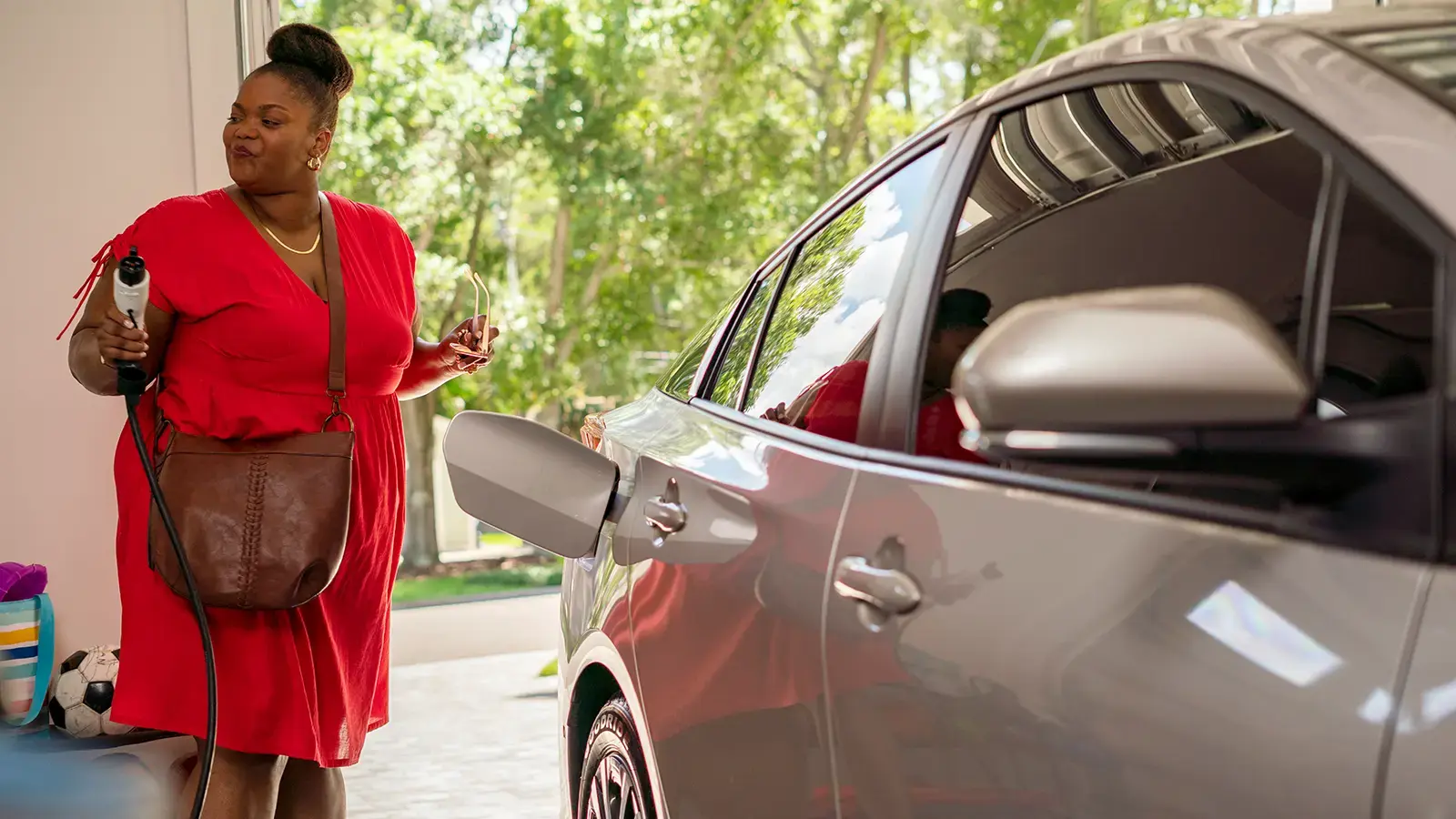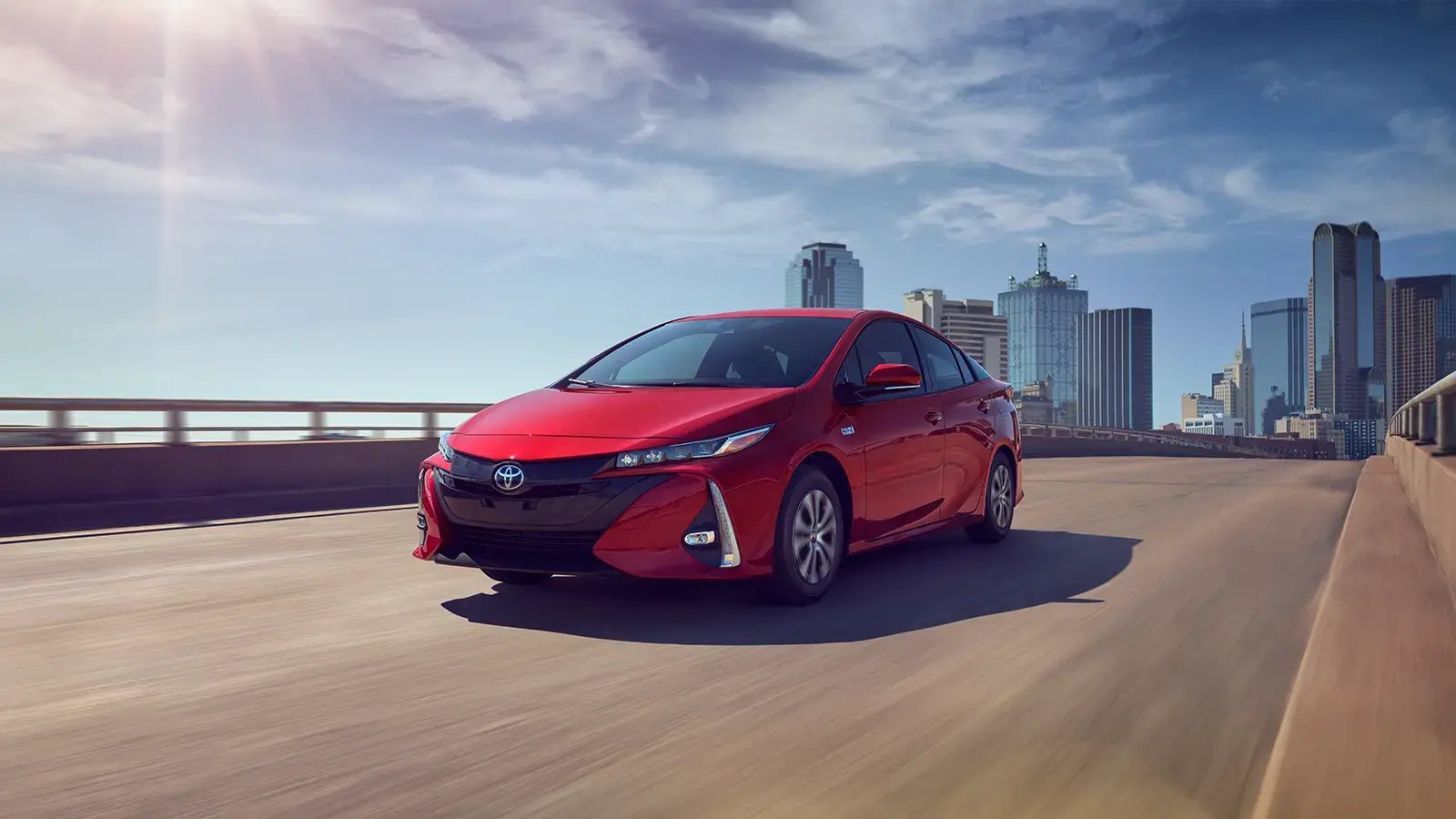Maximize Your Experience
Want to get the most from your plug-in hybrid? These vehicles are incredibly efficient when used to their full potential. Whether you're new to PHEVs or looking to refine your routine, following a few core best practices can maximize your driving range, lower fuel costs, and reduce emissions.
1. Start with the Owner’s Manual
Before you do anything else, take time to review your owner's manual. Each plug-in hybrid has its own systems and maintenance needs, and your automaker provides detailed recommendations for operating your vehicle efficiently. You’ll learn how to extend electric range, properly charge your battery, and maintain optimal performance across both gas and electric modes.
2. Use Eco Mode Whenever Possible
Most plug-in hybrids include an “Eco Mode” setting that optimizes fuel economy. It fine-tunes acceleration and adjusts the fuel-air mixture to reduce energy use. While it may slightly limit performance, Eco Mode helps extend electric range and minimizes fuel consumption during daily driving.
3. Keep Your Battery Charged
Charging your battery regularly helps you rely more on electricity and less on gasoline. To stay in all-electric mode for as much of your drive as possible, plug in at home or work whenever it’s convenient. Refer to your owner's manual for the most effective charging routines based on your battery type and driving habits.
4. Use Regenerative Braking
Avoid sudden stops and instead use regenerative braking to recapture energy and feed it back into your battery. If your PHEV supports one-pedal driving, use it to maximize energy recovery in stop-and-go traffic or downhill stretches.
5. Precondition the Cabin
Climate control can be a major drain on your battery. To preserve electric range, pre-heat or pre-cool your vehicle while it's still plugged in. This allows the HVAC system to draw power from the wall instead of the battery, so you start your trip with full range.
6. Minimize Accessory Use While Driving
Air conditioning, seat warmers, and other electrical accessories can reduce electric range. Use them thoughtfully and rely on features like automatic climate control to strike a balance between comfort and efficiency.
7. Know Your Vehicle’s Capabilities
Not all PHEVs are created equal. Some offer longer electric ranges, while others support faster charging speeds. For example:
- Longest electric range: BMW i3 REx (72 all-electric miles)
- Longest total range: Toyota RAV4 Prime (up to 600 miles)
- Cheapest PHEV: Toyota Prius Prime (starting at $29,695)
- DC Fast Charging support: BMW i3 REx, Karma GS-6, Polestar 1
Final Thoughts
Plug-in hybrids offer the best of both worlds: electric driving for your daily needs and a gas engine for longer trips. By charging regularly, braking smoothly, and making smart use of accessories and modes, you can get more from your PHEV with less environmental impact.
Maximize Your Plug-In Hybrid Experience
See which models are most popular today:
← Go Back: Plug-In Hybrid Ownership Costs: What to Expect
Discover Next: Popular Plug-In Hybrids Today →












